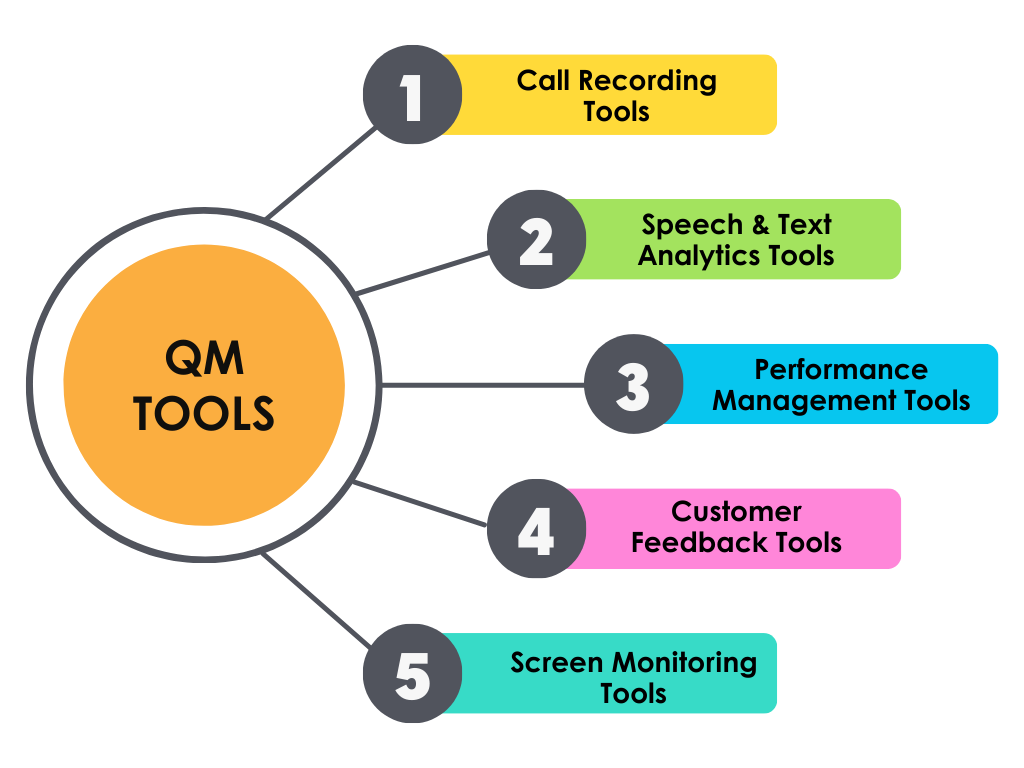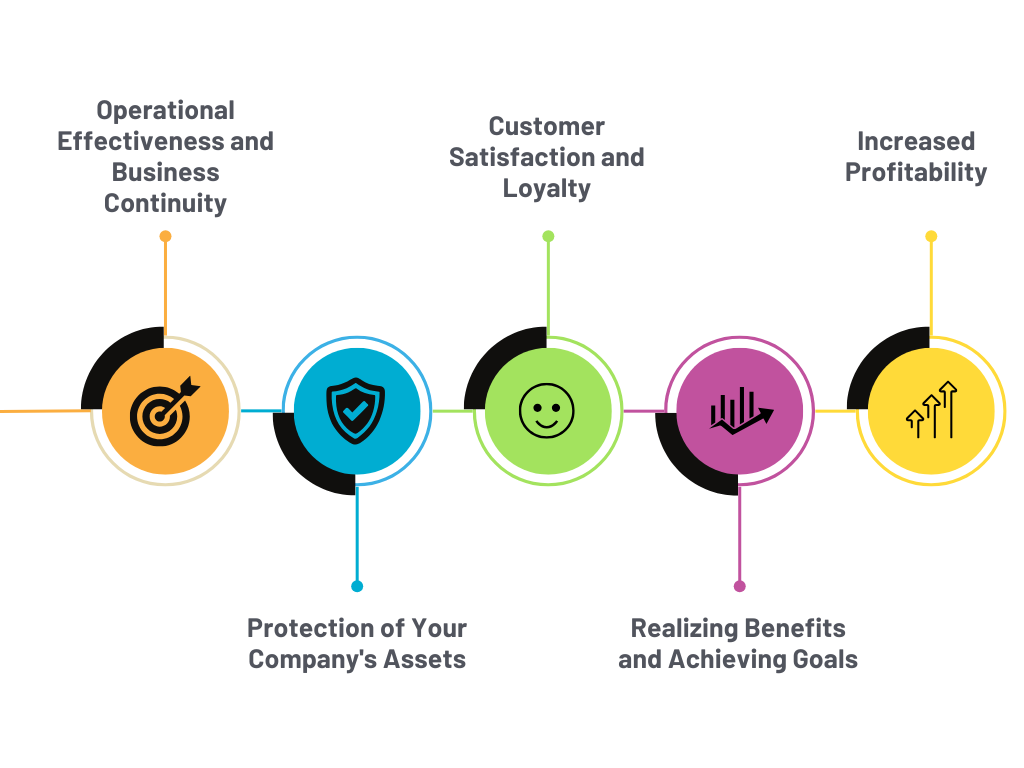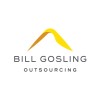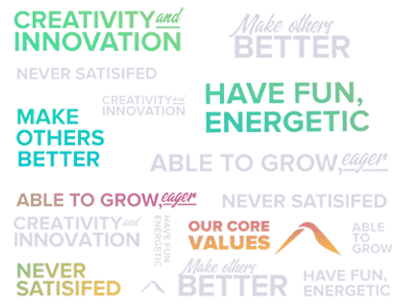Introduction
In the business world, organizations have to move beyond just performing operating activities. It is essential that organizations comply with rules and regulations with every customer-agent interaction. With organizations operating in different sectors and countries, this includes following various standards and guidelines. Compliance with such regulations eliminates the risk of defamations, penalties, and lawsuits, ensuring adherence to stringent standards. This can be ensured by Quality Monitoring (QM).
This blog focuses on the meaning of Quality Monitoring and its tools. It explores the role QM plays in compliance and risk management with the implementation of data analytics and QM tools. Moreover, the blog explores how QM and analytics work together to manage compliance and risk.
1. Quality Monitoring and Its Tools
1.1 Understanding QM
QM includes managing the quality by monitoring, analyzing, and improving the customer-agent interactions across multiple channels. Apart from maintaining the quality of services and positive experiences, QM aims to ensure the compliance of customer support service with the established standards and regulatory requirements.
1.2 The Tools
QM tools are the solutions that are developed to assist in automating the QM process. These solutions allow the organization to record, evaluate, and monitor customer-agent interactions, promote customer service optimization, and ensure compliance.
QM tools include:

2. The Role of QM in Compliance and Risk Management
Traditionally, QM has been used to analyze the quality of customer service and ensure agents provide excellent customer service, ultimately offering a positive customer experience. With the development of the QM process, its role has also evolved, leading to ensuring compliance and risk management. QM tools provide an overall picture of customer-agent interactions, ensuring that such interactions adhere to the established regulations and eliminating violation risks.
We’ve listed the ways these QM tools enhance compliance and risk management:
- Automated Monitoring and Alerts: QM tools include assessing interactions to ensure compliance and providing alerts of non-compliance in real time. Supervisors can handle such situations by correcting the errors and eliminating violation risks before they are escalated.
- Auditing Capabilities: These tools optimize the audit processes by sorting the agent-customer interactions. QM tools can also provide compliance reports during the audit period, minimizing the chances of penalties and lawsuits.
- Pattern and Trend Analysis: QM tools provide insights by analyzing customer data and identifying patterns and new trends. Such analysis highlights the compliance issues or any other related risks, along with resolving the issues proactively and minimizing risk exposure.
3. Combining Quality Monitoring and Analytics to Drive Compliance Culture
Compliance is more than just a checklist, and it is significant that organizations understand the same. Nowadays, organizations focus on establishing a compliance culture with the adoption of QM tools and analytics. This transformation starts with the agents, i.e., ensuring that they follow the set rules and regulations during the interactions.
QM tools and analytics evaluate recorded customer data to safeguard organizations and their staff against regulation violations and promote ethical conduct. These tools also allow organizations to provide data-driven coaching and support their compliance culture.
Insights:
Regulation compliance attracts about 1.3% to 3.3% of the total wage of US firms.
61% of the compliance teams believe that upcoming regulatory and legal changes are their top priority.
4 out of 10 businesses and top leaders stated that the organization has improved its approach to risk to meet the required compliance with regulatory standards.
4. Improving Risk Management with Quality Monitoring and Data Analytics
QM tools hold a significant place in the transformation of the compliance segment of an organization. The combination of QM tools and data analytics helps enhance risk management effectively. For instance, if there is a rise in complaints, data analytics, and QM tools can find the root causes and resolve them before escalation is made.
Moreover, data analytics also provide predictions about upcoming risks by detecting non-compliance before it develops into a big issue. Ultimately, it eliminates the compliance violation risks, enhances the organization’s reputation, and avoids penalties.

Source: Plooto
5. Integrating Quality Monitoring Tools and Analytics for Optimal Results
We’ve learned that QM tools evaluate the agents’ performance while interacting with the customers, whereas data analytics identifies the patterns and trends by analyzing the customer data and their interactions. However, the true power lies within the integration of QM tools and data analytics. This holistic approach provides a detailed picture of the company’s compliance health.
Steps to Integrate Quality Monitoring and Analytics for Compliance and Performance:
- Centralize Data: Ensure that all interaction data, performance metrics, and compliance scores are stored in a unified platform accessible by all stakeholders.
- Automate Key Processes: Automation features can enhance compliance monitoring by automatically identifying issues and even implementing corrective actions when necessary.
- Leverage Advanced Reporting: Detailed reports should not only focus on compliance performance but should also drill down into agent behavior, team trends, and emerging risks. These reports allow for timely adjustments in training, processes, and workflows.
- Implement Feedback Loops: Continuous feedback mechanisms between QM tools and data-driven approaches enhance compliance adherence and manage associated risks.
The Road Ahead
With businesses operating globally, complying with several rules and regulations has become a complex process. The infusion of Quality Monitoring tools and data analytics ensures effective compliance and risk management. The implementation of these tools and analytics includes real-time analysis, advanced reporting, and automation, resulting in enhancement of regulation compliance, improvement of agent’s performance, and organizational growth.
Moving forward, it is essential that businesses continuously comply with regulation amendments, promote integration, and create an ethical working environment. Businesses that effectively adopt these methods can have a competitive advantage, ensure compliance and risk management, and deliver enhanced customer experiences.
Know more on: Navigating Data Challenges For Call Center Operations And QA




